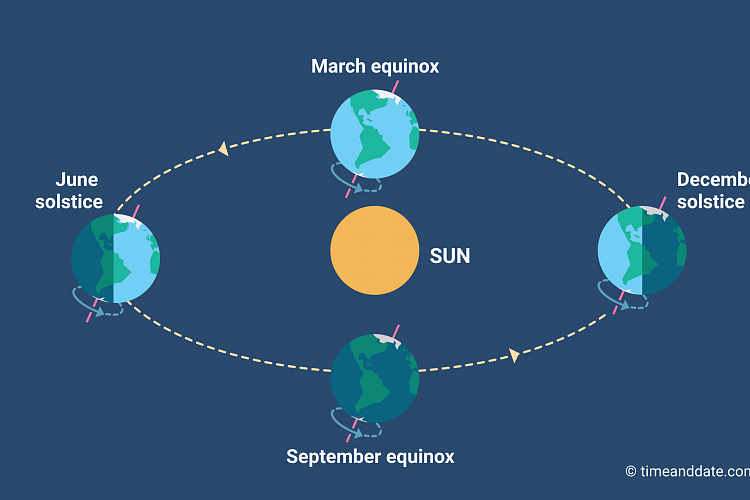

These shifting dates are because an Earth year is not exactly 365 days: There is an extra quarter of a day (6 hours) that accumulates each year, causing the date of the equinox to shift.

23. In 2022, the spring equinox will fall on March 20, and the fall equinox will occur on Sept. They happen around or on March 20 and Sept. When do the equinoxes happen?Įquinoxes don't necessarily occur on exactly the same day each year. And, because of how sunrise and sunset are defined, the equilux occurs a few days before the spring equinox and a few days after the autumn equinox, according to the U.K.'s Met Office. National Weather Service.Įquilux ("equal light"), on the other hand, is the term for when day and night are exactly equal. "On the equinox and for several days before and after the equinox, the length of day will range from about 12 hours and 6 and one-half minutes at the equator, to 12 hours and 8 minutes at 30 degrees latitude, to 12 hours and 16 minutes at 60 degrees latitude," according to the U.S. Also, the atmosphere refracts the sun's light and it continues to travel to "nighttime" Earth for a short period, even after the sun has dipped below the horizon. And because the sun is a disk rather than a point-source of light, Earth sees just a few more minutes of extra light (rather than darkness) during an equinox. This is because sunrise occurs when the tip of the sun edges over the horizon, and sunset is defined as the moment when the other edge of the sun disappears under the skyline. However, day and night are still not exactly equal during an equinox, according to EarthSky, although it is very close.ĭuring an equinox, Earth gets a few more minutes of light than darkness. At these times, the line that divides night and day, called the terminator, "grey line" or "twilight zone," bisects the Earth and runs through the north and south poles. And, around December, the opposite is true, with more daylight hours in the Southern Hemisphere and fewer in the Northern Hemisphere.īut twice a year - in March and September - our planet's tilt aligns with its orbit around the sun, and Earth does not appear to tilt with respect to the sun, according to the National Oceanic and Atmospheric Association.Īt this time of year, the sun sits directly above the equator and both hemispheres get the same hours of daylight and night. Around July, the Northern Hemisphere experiences longer periods of daylight while the Southern Hemisphere sees shorter periods of daylight. However, the sun also appears to move north for half of the year and south for the other half, depending where you are. This means that different parts of our planet receive more or less of the sun's radiation at various times of the year, depending on our planet's position in its orbit.įor all countries around the globe, the sun rises in the East and sets in the West. The Earth orbits the sun, at a tilt of about 23.5 degrees. The autumn, or fall, equinox will occur on Sept. In 2022, the spring equinox will fall on March 20. This phenomenon's name comes from the Latin words "aequus" (equal) and "nox" (night). Equinoxes occur twice a year, with day and night being about the same length in both the Southern and Northern Hemispheres.


 0 kommentar(er)
0 kommentar(er)
